 THE NEW JAGUAR XJ AND OTHER LANDMARKS
THE NEW JAGUAR XJ AND OTHER LANDMARKS
Jaguar hopes the memory we’ll cherish from our trip to Paris is not seeing the tower but driving the new XJ. Gavin Green’s driven every previous XJ. It’s him they need to impress
Photography john wycherley
It has long been noted by eminent economists that success depends, primarily, on good timing. On the face of it, Jaguar’s timing for the new XJ could not be worse. You might as well sell holiday homes in Helmand province or timeshares on the Tigris (‘superb riverside views of Baghdad’) as get into the big luxury car business right now.
Sales of S-classes, 7-series, A8s and old-school XJs are melting faster than spring snow (down by over a third in the UK last year, and depressed throughout Europe and America). Only ostentatious Chinese millionaires keep stoking the market.
You also wonder whether, like CDs in an iTunes world, their time has passed. Is not the XF – or the 5-series or excellent new E-class – quite big (and good) enough, at least in Europe? There is a touch of the oversized dinosaur about the three-box luxury car behemoths. And as 5s and Es get progressively larger, so big brothers get squeezed.
Yet, if Jaguar has just built a dinosaur, at least it’s going out with a tyrannosaurus roar. For although it’s a big car – longer than German rivals and a whole foot bigger in span than the first gentlemanly XJ6 – it is also commendably light and fuel abstemious (14kmpl in short-wheelbase diesel guise as tested). Perhaps this is one big executive car that can buck the sales slide. It certainly bucks the styling norm, with its rakish coupé lines and air of total modernity, in contrast to the quaint carriage-clock look of the outgoing (but technologically avant-garde) XJ, which was lamb dressed as mutton.
 Like its predecessor, the new XJ uses aluminium to brilliant effect. It doesn’t just use it in select body panels and suspension components, which is about as far as most rivals – including Mercedes and BMW – go. The whole body is a mix of aluminium, bonded and riveted as in aircraft, plus judiciously used magnesium and composite alloys. The upshot is lighter weight, as well as greater durability, better recyclability and, of course, improved corrosion protection.
Like its predecessor, the new XJ uses aluminium to brilliant effect. It doesn’t just use it in select body panels and suspension components, which is about as far as most rivals – including Mercedes and BMW – go. The whole body is a mix of aluminium, bonded and riveted as in aircraft, plus judiciously used magnesium and composite alloys. The upshot is lighter weight, as well as greater durability, better recyclability and, of course, improved corrosion protection.
In 3.0D guise the XJ comes in at 24kg less than the steel-bodied, smaller XF with the same engine. It’s 180kg less than a 7-series and 155kg (or two adult men) less than an S-class. It’s almost a whole Lotus Elise less than that prince of porkers, the top-spec VW Phaeton.
Truly, Jaguar’s lightweight technology should be lauded, up there with Toyota’s hybrid drive, as the most significant auto advance of the past decade. Yet a fat lot of credit they get for it, not least from our dopey politicians, who would rather bow to the more obvious Prius.
On the subject of lightness, we are in the City of Light – and on winding roads and motorways that circle the French capital – and our goal is simple: how does the new King of Cats go, steer and stop?
We see it, on the street for the first time, at the Trianon Palace Hotel – just over the road from Versailles’ better-known palace – and it cuts quite a dash. (In fact, we begin our journey at Louis XVI’s former abode and finish it where he drew his last breathe, the Place de la Concorde in central Paris. And just as France went quickly from ancien régime to modernity, so has Jaguar.) People – kids, men, women – look at the XJ and nod approvingly. It’s been a long time since I’ve driven a car that creates such a street buzz.
 So, at Versailles, we open the big but light door, climb down over the aluminium sill plate and nestle into the big leather chair, electrically adjusted just-so. You sit low, cosseted deep in the cabin. The windows are high and shallow, to give the car its coupé-style attitude. Thank goodness that the big panoramic glass roof is standard, letting in the light. Otherwise this would be a dark place. Big slabs of wood – elm on our test car – remind of the trad craftsmanship Jaguar used to stand for. But this is a 21C car.
So, at Versailles, we open the big but light door, climb down over the aluminium sill plate and nestle into the big leather chair, electrically adjusted just-so. You sit low, cosseted deep in the cabin. The windows are high and shallow, to give the car its coupé-style attitude. Thank goodness that the big panoramic glass roof is standard, letting in the light. Otherwise this would be a dark place. Big slabs of wood – elm on our test car – remind of the trad craftsmanship Jaguar used to stand for. But this is a 21C car.
Push the start button, the 3.0-litre turbodiesel V6 starts with a gruff bark (it is a pleasingly tuneful engine) and the alloy rotary drive controller pops up, looking more like a computer appendage than a gear stalk, but none the worse for that. It’s a neat design touch, and very easy to use. In front of your eyes, the ‘virtual’ instruments suddenly become illuminated. Rotate the drive controller around to D and we’re away. We’re in comfort, the lazy man’s setting, and the XJ glides over the cobbles of the side streets, just the faintest patter coming from those giant 20-inch wheels, clad in thin bands of very wide Dunlop rubber. They have about as much cushioning power as lumps of granite, but the XJ is impressively supple for a machine that seeks to outsport BMW and Audi.
The sports mania of luxury car makers happens to be a bugbear of mine. Everyone, from Audi to Mercedes, from Bentley to Infiniti, is trying to make faster saloons that cling to corners more tenaciously, generate higher gs and lap the Nürburgring more briskly than those premium sultans of speed, BMW, inevitably the role model. Tyres get wider, suspensions get more unyielding, styling gets ever more aggressive. ‘Excitement’ is the buzzword. (Does anyone really crave ‘excitement’ in their 7-series or XJ? Do they really want racing hearts and sweaty palms? I don’t believe it.) Ride comfort, inevitably, suffers. This is why a new 7-series rides worse than a Golf. It’s also, alas, why Jaguar’s R cars increasingly jolt and jar on pimply-surfaced blacktop (even big-tyred XFs aren’t very good). The XJ however, manages to find an equitable balance.
Yes, yes, the product boys will bang on about ‘sports driving characteristics’ because engineers – like most motoring journalists – like to go around corners fast. XJs have historically been far more about suppleness and velvety smoothness. This one doesn’t disappoint, never mind the F1-size rubber.
It doesn’t cushion bumps as well as an old Series 3 XJ, or as well as a Rolls Phantom – whose ride suppleness is in a modern day class of its own. But over the Versailles cobbles it’s composed and fairly quiet. Another nice touch: rest your elbows on centre console and door armrest, both the same height. Only makers who really understand relaxed motoring get that right.
We hit smooth tarmac, select ‘dynamic’ from the centre console switch (illustrated by a chequered flag, further to remind you that you’re not in a lardy limo) and the ‘virtual’ instruments in front of you change background colour, from black to red. Most notably, throttle response becomes sharper, and the engine now revs harder too. Play with the paddles (disappointingly, they’re made from plastic, not alloy, and feel it) and the gearchange is instant, and the V6 sounds throaty and sporty as you feed in the revs. It is one of the best diesel engines around – only a BMW six-cylinder diesel serves up more entertainment in this class – and as the traffic thins and we encounter some sinuous, undulating rural roads, the XJ displays the Schumacher side of its character. The V6 is not just surprisingly tuneful, it’s brisk too – 0-100 in 6.0 seconds, 250 km/h max – and push the revs in a low gear and it feels like you’re driving a good normally aspirated V8, not a turbo D.
You’re sitting low, can brace both knees (against door casing and centre console, like in a racing car), you choose ‘sport’ in the gear selector, and the car powers through the turns. Yes, the steering is light rather than meaty, but it’s beautifully linear, doesn’t kick back, and the big car can thread together corners, fast and precise, with a minimum of fuss. The car is happier in ‘dynamic’, so we leave it there for most of our day-long drive. That brisker throttle response is always welcome. Only when we head for Paris, and the cobbles, do we go back to ‘comfort’.
The miles accrue. The cabin is bathed in light, from that giant glass panoramic ‘moon’ roof that is standard on all XJs. It adds about 20kg in weight, but is worth it. Despite the shallow side glazing, visibility is good. Even over-the-shoulder viewing – a weak point on so many cars, including weeny city cars – isn’t bad, helped by those peek-a-boo slats between C- and D-posts. Straight back rear visibility is the weak link, compromised by the high bootline. Though it will no doubt carry a couple of sets of golf clubs to satisfy the Californian affluent who will constitute most of this car’s clientele, the boot itself is disappointingly shallow. It’s long and wide, but forget about carrying bulky chattels.
Will those same Californian conservatives get on with the ‘virtual’ instruments? I’m not convinced. Though they do give many practical advantages, and they shout ‘high-tech’, they look more games console than Geneva chronograph. Mind you, classy conventional gauges don’t change colour to signify which driving programme you’re in (black background for normal, red wash for ‘dynamic’ and icy blue for ‘winter’). Of more practical benefit, gauges can fade and be replaced by warning icons (fuel running low, driver’s door open), and sat-nav instructions momentarily replace the fuel/water temperature gauge when approaching a junction.
The Dual View central touch screen is also clever, another example of Jaguar boldly going. You, the driver, can be watching on the sat-nav how to negotiate Sloane Square while your partner can be enjoying Star Trek, complete with headsets. It all depends on the angle from which you view the screen.
It’s a classy cabin and a pleasant place to spend time. The upper dash is swathed in proper stitched leather on upper-end versions (such as our Portfolio-spec car) and the woodwork, leather and carpets are all top drawer, as you’d expect from the best British craftsmanship. The four big eyeball vents, chrome meets piano black wood, are particularly classy.
So we steer into central Paris, visiting the Eiffel Tower, Place de la Concorde, Charles Garnier’s marvellous neo-Baroque Opera House, and other landmarks. People look and stare and seem to like what they see. Stop and we’re surrounded.
The style is the most contentious part of the new XJ. The Ian Callum Jaguar redesign isn’t quite up there with Bangle’s boggling BMWs, or Tom Ford’s re-energising of Gucci, in its shock factor; but it’s still a big leap. The irony is that the last XJ, despite its deliciously high-tech aluminium body, looked more teak TV cabinet than flat screen. That lithe toned body was clothed in 1950s tweed. Well the old-school garb has now gone, and the new XJ looks as modern as the technology it clothes.
There are still a few angles that jar. The rear overhang is too long, the tail treatment can look heavy handed from some angles, and it doesn’t have that instant emotional appeal of the delectable Maserati Quattroporte, a stylistic role model. But, the more I pore over the XJ, and examine every angle, the more I like it. It’s modern, classy, even beautiful. And it dresses a car that is surely the very best in its class.









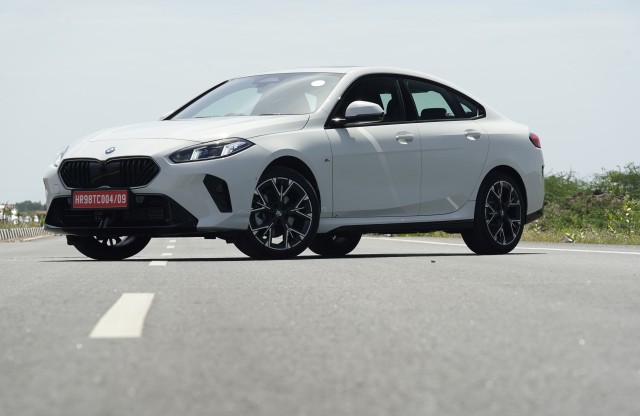
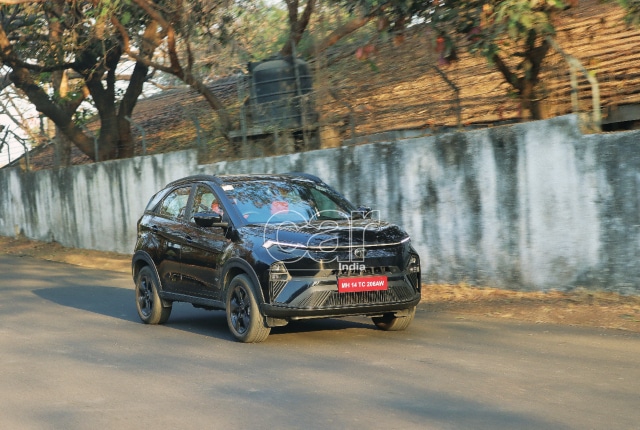

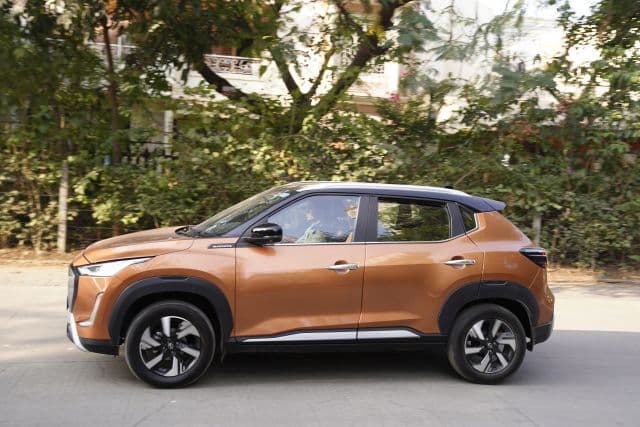
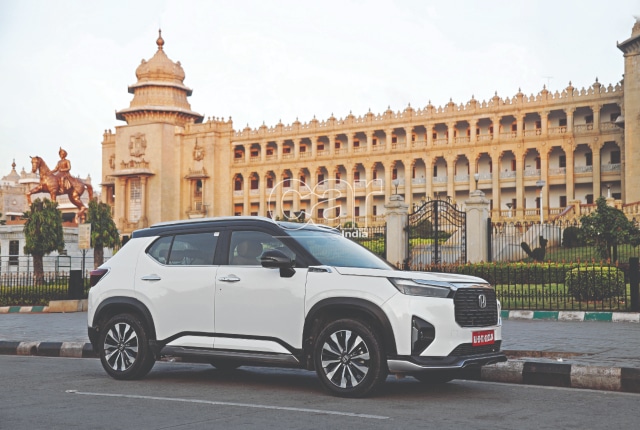
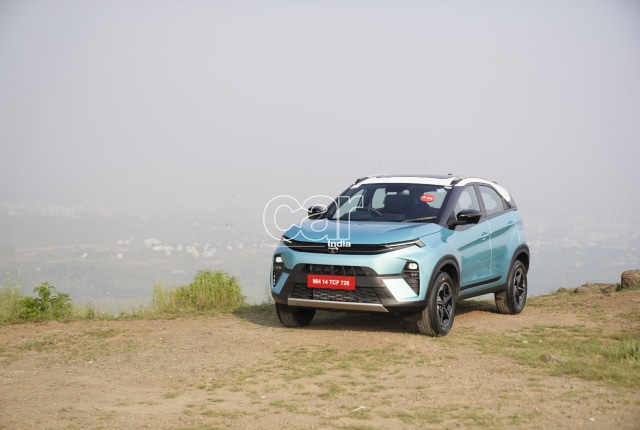
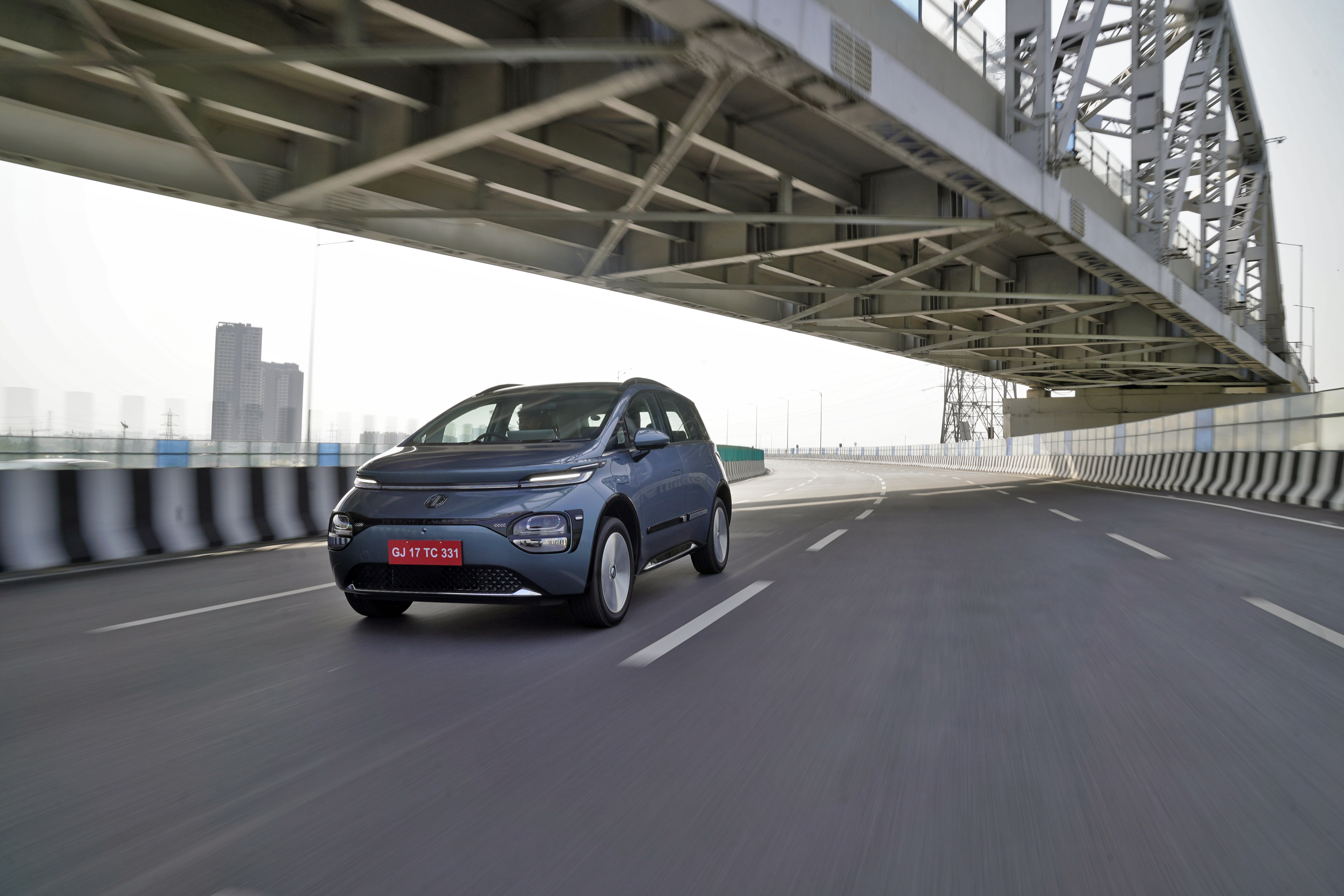
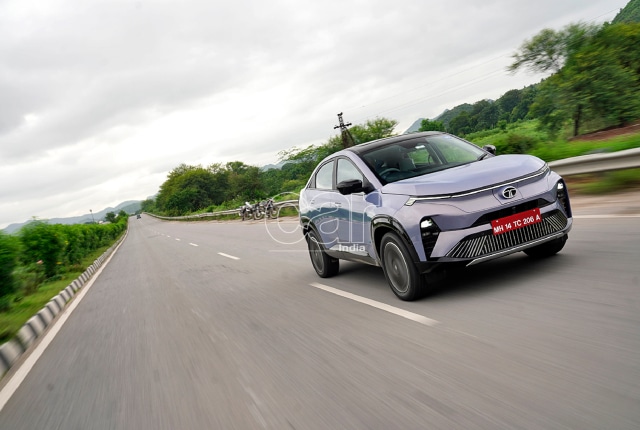
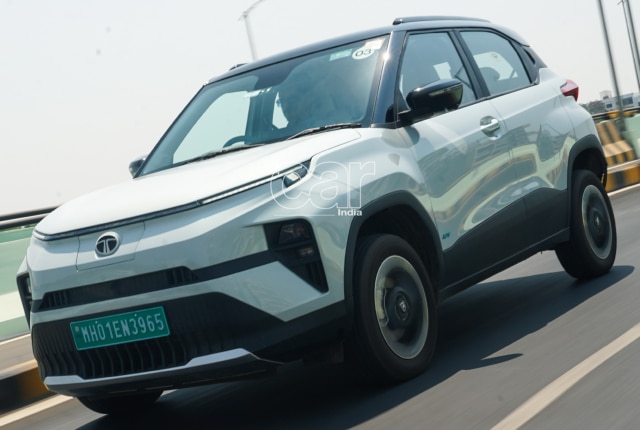




Leave a Reply